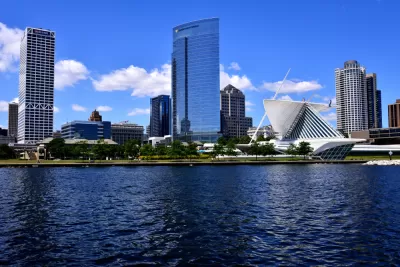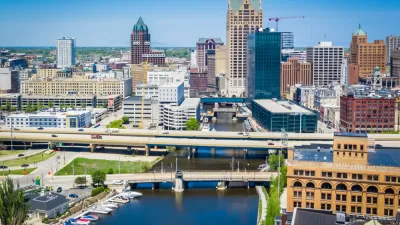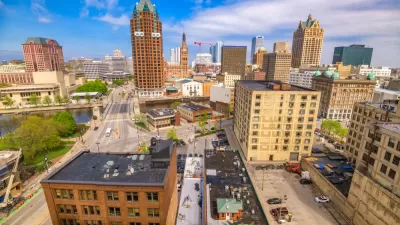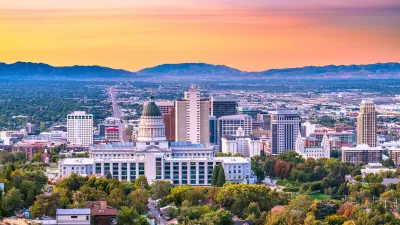Downtown Milwaukee is getting makeover, from high-profile new buildings on the skyline to ambitious adaptive reuse projects and an emerging entertainment district.

"Milwaukee, like other formerly industrial midwestern cities, has seen a resurgence lately, amid its redeveloped warehouse districts and overlooked office buildings," writes Patrick Sisson.
"Development has emanated from its riverfront, a former shipping lane for beer breweries that’s now firmly entrenched as an entertainment destination."
The article surveys Downtown Milwaukee for stories about the new developments driving the resurgence, featuring insights from the developers pursuing their visions for the area.
The article also includes a section on two of the highest profile projects to open in Downtown Milwaukee in recent years:
The two biggest projects—the new $524 million Fiserv Forum, a multipurpose arena for the Milwaukee Bucks and other concert and sporting events, that opened last year, and the sail-like Northwestern Mutual Tower, a 32-story high-rise that opened its doors in 2017—form a pathway of sorts for recent development, pointing west from the shiny tower on the lakefront over the Milwaukee River and into Westown.
FULL STORY: Milwaukee’s downtown surges in advance of 2020 convention

Trump Administration Could Effectively End Housing Voucher Program
Federal officials are eyeing major cuts to the Section 8 program that helps millions of low-income households pay rent.

Planetizen Federal Action Tracker
A weekly monitor of how Trump’s orders and actions are impacting planners and planning in America.

The 120 Year Old Tiny Home Villages That Sheltered San Francisco’s Earthquake Refugees
More than a century ago, San Francisco mobilized to house thousands of residents displaced by the 1906 earthquake. Could their strategy offer a model for the present?

HSR Reaches Key Settlement in Northern California City
The state’s high-speed rail authority reached an agreement with Millbrae, a key city on the train’s proposed route to San Francisco.

Washington State Legislature Passes Parking Reform Bill
A bill that would limit parking requirements for new developments is headed to the governor’s desk.

Missouri Law Would Ban Protections for Housing Voucher Users
A state law seeks to overturn source-of-income discrimination bans passed by several Missouri cities.
Urban Design for Planners 1: Software Tools
This six-course series explores essential urban design concepts using open source software and equips planners with the tools they need to participate fully in the urban design process.
Planning for Universal Design
Learn the tools for implementing Universal Design in planning regulations.
Ada County Highway District
Clanton & Associates, Inc.
Jessamine County Fiscal Court
Institute for Housing and Urban Development Studies (IHS)
City of Grandview
Harvard GSD Executive Education
Toledo-Lucas County Plan Commissions
Salt Lake City
NYU Wagner Graduate School of Public Service





























